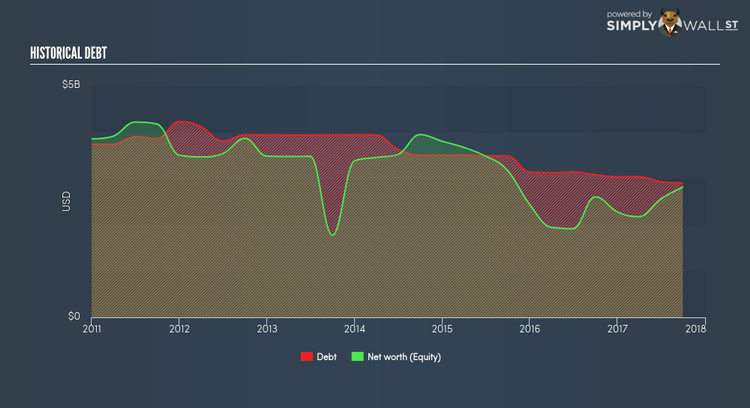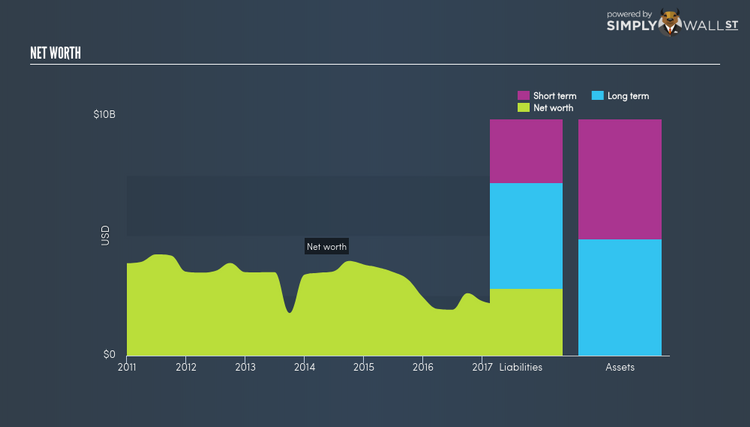How Financially Strong Is United States Steel Corporation (NYSE:X)?

Stocks with market capitalization between $2B and $10B, such as United States Steel Corporation (NYSE:X) with a size of $5.57B, do not attract as much attention from the investing community as do the small-caps and large-caps. While they are less talked about as an investment category, mid-cap risk-adjusted returns have generally been better than more commonly focused stocks that fall into the small- or large-cap categories. I’ve put together a small checklist, which I believe provides a ballpark estimate of their financial health status. See our latest analysis for United States Steel
Does X face the risk of succumbing to its debt-load?
Debt-to-equity ratio tells us how much of the asset debtors could claim if the company went out of business. For X, the debt-to-equity ratio stands at above 100%, which means that it is a highly leveraged company. This is not a problem if the company has consistently grown its profits. But during a business downturn, availability of cash may dry up, making it hard to operate. We can test if X’s debt levels are sustainable by measuring interest payments against earnings of a company. Ideally, earnings (EBIT) should cover interest by at least three times, therefore reducing concerns when profit is highly volatile. X’s interest on debt is not strongly covered by earnings as it sits at around 2.17x. Debtors may be less inclined to loan the company more money, giving X less headroom for growth through debt.
Does X’s liquid assets cover its short-term commitments?
Another important aspect of financial health is liquidity: the company’s ability to meet short-term obligations, including payments to suppliers and employees. If an adverse event occurs, the company may be forced to pay these immediate expenses with its liquid assets. In order to measure liquidity, we must compare X’s current assets with its upcoming liabilities. Our analysis shows that X is able to meet its upcoming commitments with its cash and other short-term assets, which lessens our concerns for the company’s business operations should any unfavourable circumstances arise.
Next Steps:
Are you a shareholder? X’s high debt levels are not met with high cash flow coverage. This means investors should ask themselves if they think X can improve in terms of debt management and operational efficiency. Since X’s financial situation may be different in the future, I encourage researching market expectations for X’s future growth on our free analysis platform.
Are you a potential investor? While understanding the serviceability of debt is important when evaluating which companies are viable investments, it shouldn’t be the deciding factor. Ultimately, debt financing is an important source of funding for companies seeking to grow through new projects and investments. X’s Return on Capital Employed (ROCE) in order to see management’s track record at deploying funds in high-returning projects.
To help readers see pass the short term volatility of the financial market, we aim to bring you a long-term focused research analysis purely driven by fundamental data. Note that our analysis does not factor in the latest price sensitive company announcements.
The author is an independent contributor and at the time of publication had no position in the stocks mentioned.


